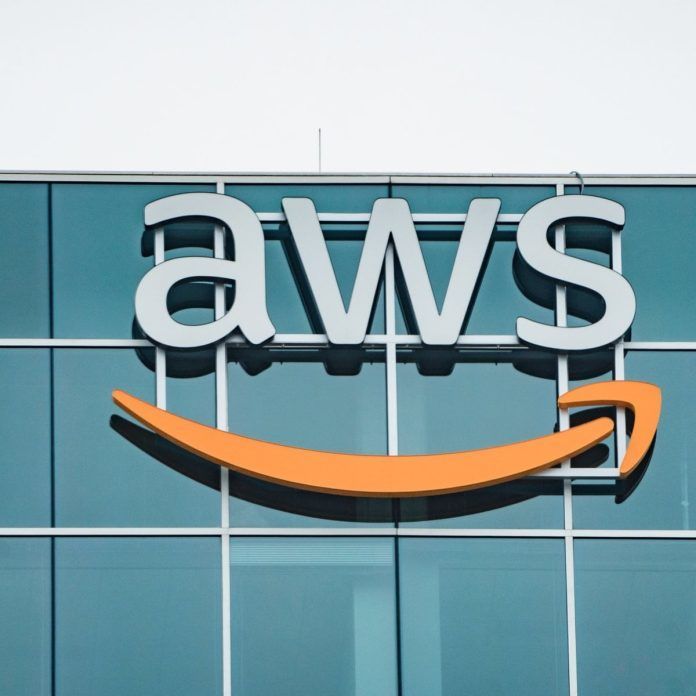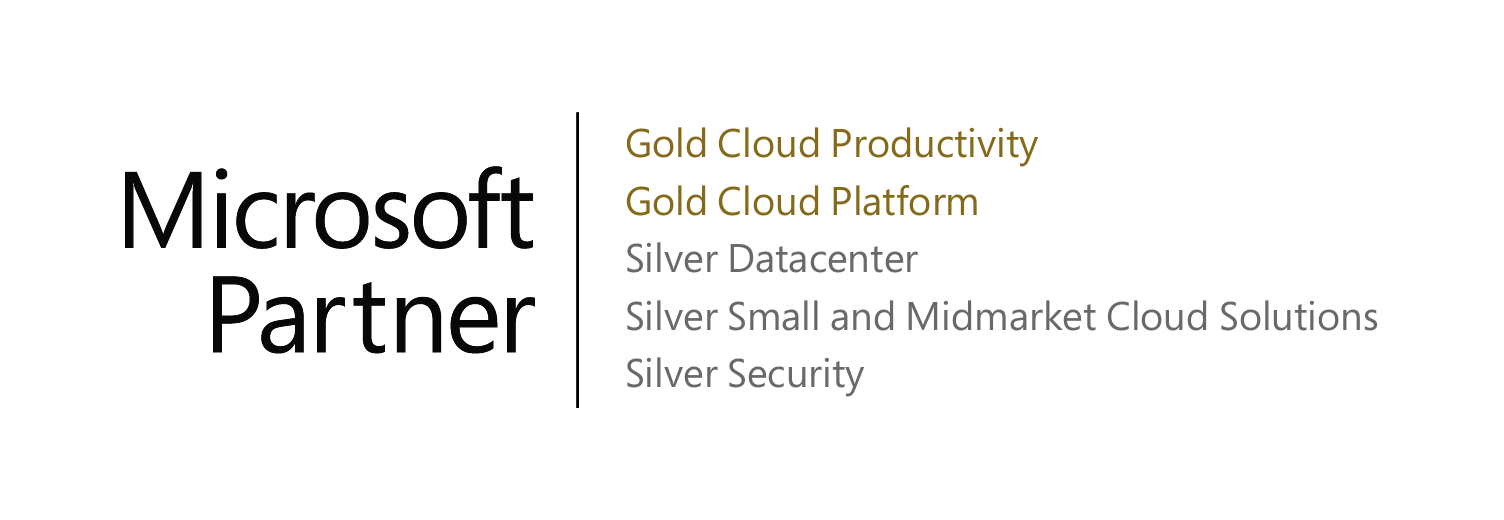The first sign of heart issues is typically a heart attack. Similarly, the first sign of security issues is a security breach.
My dad died of a heart attack when he was only 42 so I know firsthand that this can and does occur. We know that we need to take care of our health and our hearts. As a matter of fact, over the past year I went on the “bulletproof” diet: eating low carbs, moderate protein and high fats, click here to find out more. This diet has not only improved my energy, reduced my cholesterol and inflammation, I also lost over 30lbs! So why don’t we think or care when it comes to securing our business from security breaches?
76% of all network intrusions are due to compromised user credentials and on average an attacker resides on a network for 243 days before detection! Cybercrime costs over $500B to the global economy and the average cost of a data breach to a company is $3.5M. If those stats don’t make you want to get a “security health check”, I don’t know what will!
There are preventative measures that an organization can do to help mitigate a security breach. One of the first things is to do a security health check. Having an outside vendor, like Akins IT perform a security health check can not only evaluate where your IT infrastructure and software are security wise, but also the security holes in your users. Will your users click that spoofed email link, give their password over the phone, etc. This is very similar to having a blood test done to check your cholesterol and other markers. Email us at sales@akinsit.com to get started on your security health check.




